Rockville Hills Regional Park is a fun city park near Fairfield that has a wonderful maze of trails that contain a wide variety of wildflowers. I don’t usually think of “city parks” as being a great destination for native plants, but we really enjoyed our early spring trip here. I know that we’ll come back here in the future!
This visit was in late February 2020. Normally this is a bit early to look for wildflowers, but due to the unseasonably warm and dry weather, lots of interesting wildflowers were popping up. We did find a number of non-native species, which I expect when you have a site that is so close to developed land, but I was pleasantly surprised by the variety of native plants here.
If you do visit here I highly recommend visiting the Rockville Rocks website, which contains a wealth of information about what you are going to find there. The Flower ID pages are amazing, comprehensive, and accurate.
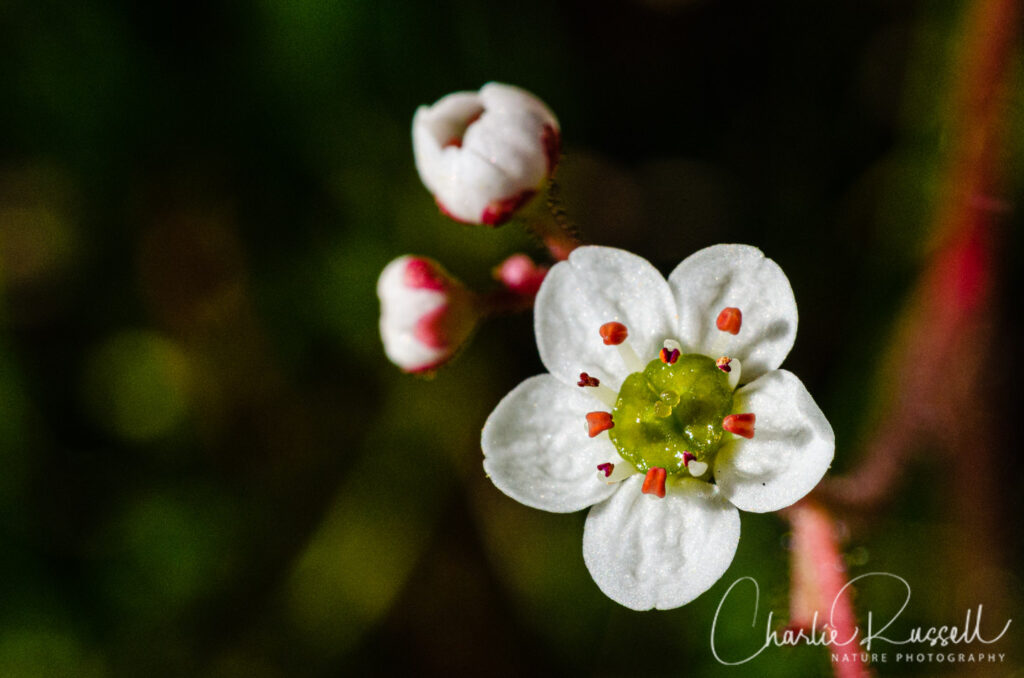
The Flowers
Here’s a sample of a few of my favorites from this hike (click on the image to see a larger view).
The highlight of this trip were the fritillaries. Two very different species! You had to take the right trail to find them, and watch out for the poison oak. Hard plants for good quality photos, as they are always in shady spots.
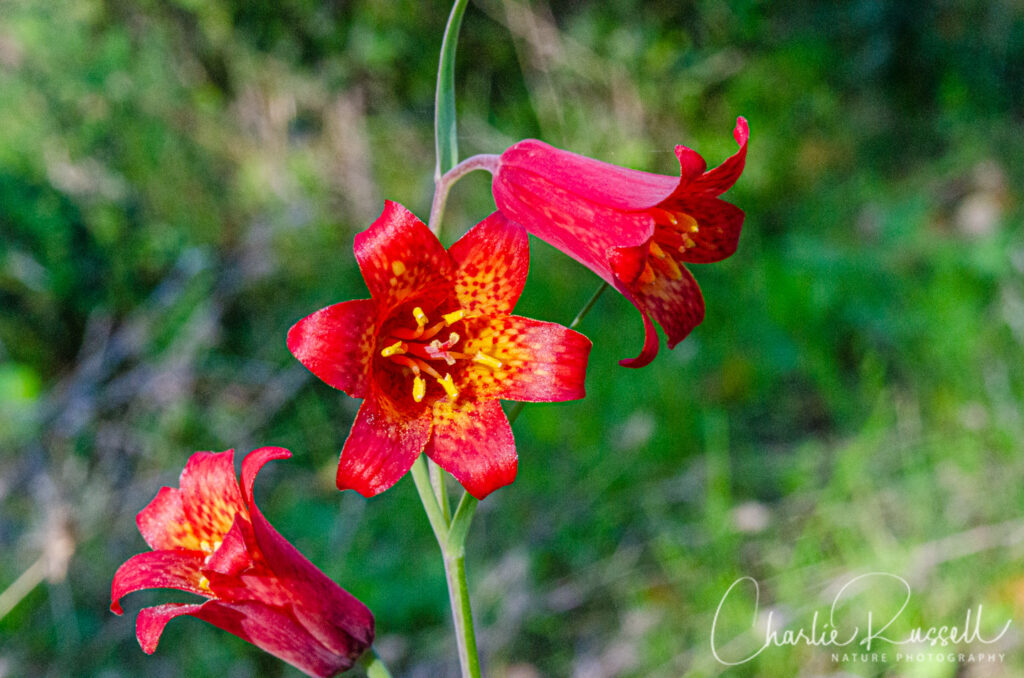
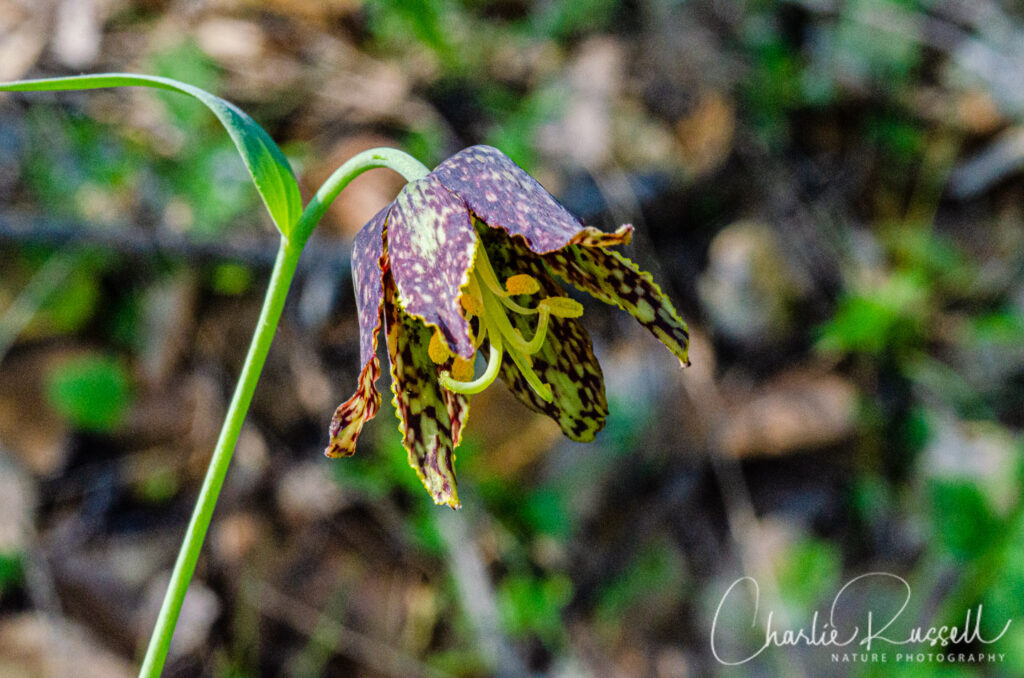
The trail we took traversed a variety of habitat types. The oak/grassland areas had buttercups popping up all over.
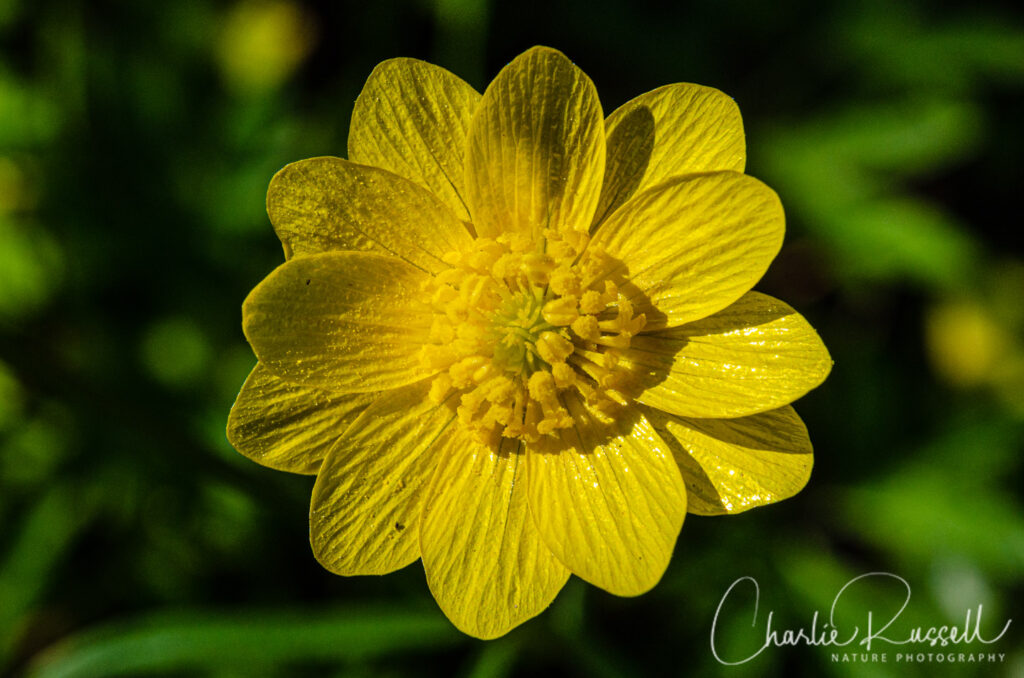
We looped around to an area that is drier, more exposed chaparral, and found our first paintbrush of the season.
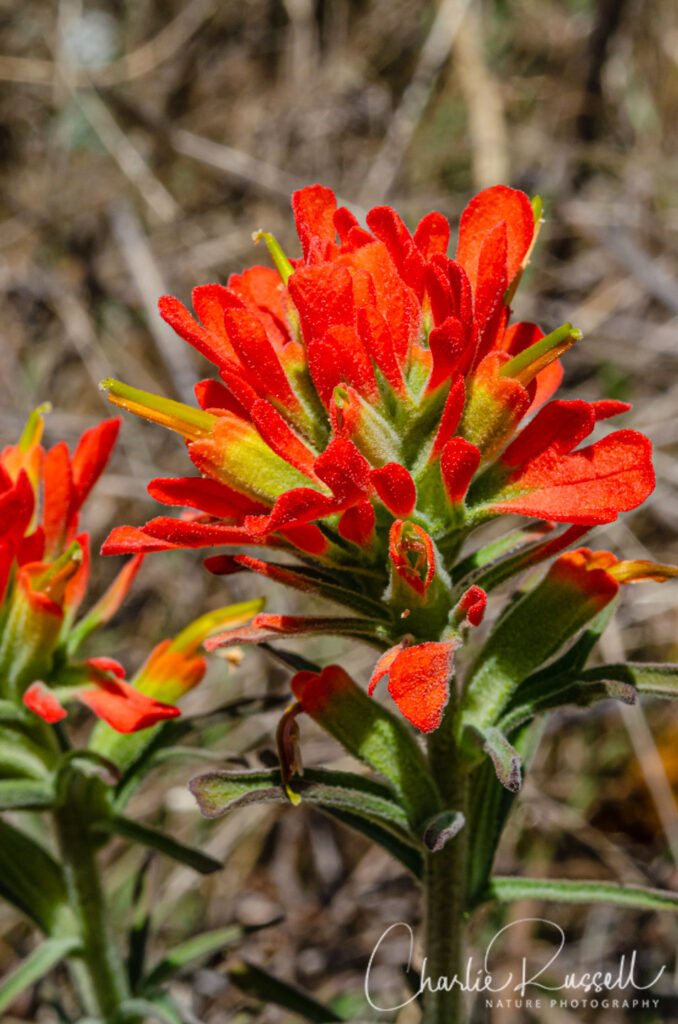
If you click on lightbox image below you will be able to scroll through larger versions of the pictures. All photos are available for purchase in a variety of formats.
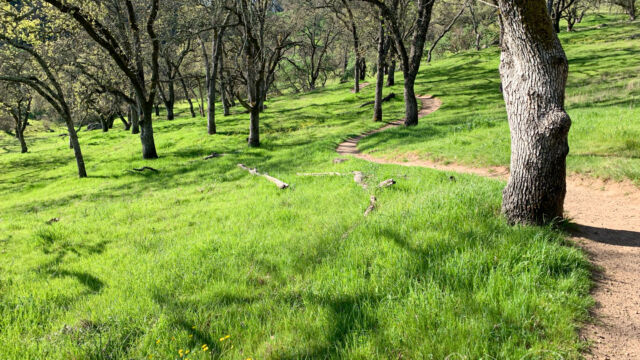


The Hike
The park has an extensive network of trails, and for this visit we went towards the southeast corner. We had a tip that the fritillaries would be found there. This was a double-loop that took us through a variety of habitats. Our trip was just about 4 miles.
Note that there are trail signs (with GPS coordinates!) posted at major intersections, but it really helps to have a map (found that the Rockville Hills website)
From the parking lot we headed directly south on the Devil’s Backbone trail. It sounds worse than it was, but the trails are a bit rough due to shared use with equestrians and mountain bikers. This crosses some nice oak woodland with buttercups and a few violets.
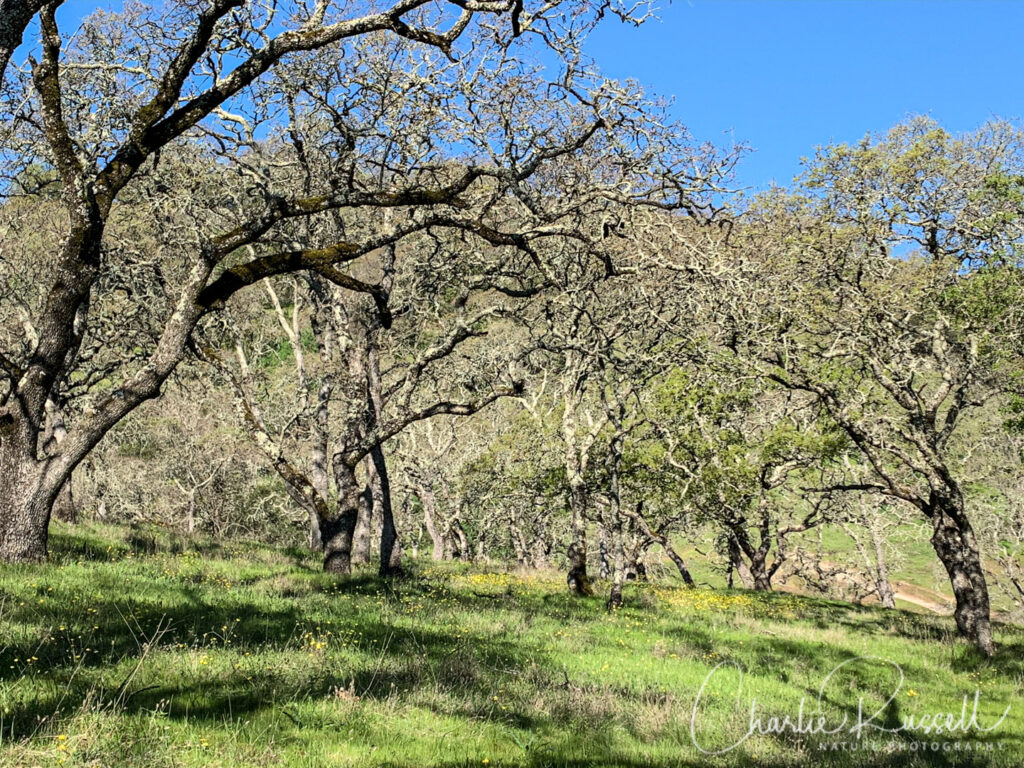
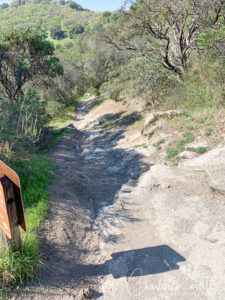
We then took the outside loop on the Lower Tilley trail, which leads you through some very shady areas with mixed oak and shrub. You then pop out into a dry chaparral hillside. There are several crossing trails (and a cutoff to the loop), which is where using a map or a GPS trail guide helped. You will see a very different set of wildflowers here. As you complete the Lower Tilley loop you meet up with the Upper Tilley loop, which takes you around the top of the same hill as the lower trail, but you get a different landscape and different flowers. This is a mixture of oak woodland and manzanita, not quite as dry as the chaparral. This is the loop where we found the fritillaries. Note that there is a lot of poison oak scattered on the hillsides here, but not intrusive into the path.
Here’s the track that we followed:
Rockville Hills Tilley Loops
Profile
Move your mouse along the elevation graph to show the location on the map. The Refresh icon will re-center the map. The Expand icon will expand to full screen.
Directions
From highway 80 you can take exit 43 and head north on Suisun Parkway. Take the first right, Abernathy road, and the the first left (through a traffic circle) onto Rockville Road. Follow that for 2.5 miles until you see the parking lot (with signs) on your left. Access to the park is $3/person, payable in the parking lot.
Note that there are no restroom at trailhead, but there might be some at several interior spots (which we didn’t come across on this particular hike).
Timing is Everything
With this dry late winter / early spring, we had beautiful hiking weather. Temperatures were in the low 70’s, the sky was clear. It felt more like April. In a typical year, I expect that some of the trails may be a bit muddy this early. I’m sure that this area will be quite warm when the hills start to turn brown, but there were a lot of trees for shade, and a variety of trails to try. We are planning on coming back again later this spring to get a different selection of wildflowers.
Rockville Hills Regional Park Wildflowers Listing
Here’s a listing of the native plants (and lichens) that we found on this visit. The ones listed in color are endemic to California (that is, found only in California).
- Blue Dicks, Dipterostemon capitatus subsp. capitatus, formerly Dichelostemma capitatum ssp. capitatum
- California Buckeye, Aesculus californica (not in bloom)
- California buttercup, Ranunculus californicus var. californicus
- California golden violet, Viola pedunculata
- California Maidenhair Fern, Adiantum jordanii
- California Polypody, Polypodium californicum
- Canyon nemophila, Nemophila heterophylla
- California Saxifrage, Micranthes californica
- Checker lily, Fritillaria affinis
- Common Fiddleneck, Amsinckia menziesii
- Goosefoot violet, Viola purpurea ssp. quercetorum
- Manzanita, Arctostaphylos sp.
- Milkmaids, Cardamine californica
- Miner’s lettuce, Claytonia perfoliata
- Mosquito bill, Primula hendersonii
- Narrow leaved miner’s lettuce, aka Streambank springbeauty, Claytonia parviflora
- Oak, Quercus sp.
- Oakmoss, Evernia prunastri
- Pacific hound’s tongue, Cynoglossum grande, aka Adelinia grande
- Pacific Poison Oak, Toxicodendron diversilobum
- Pacific woodrush, Luzula subsessilis
- Rabbit Tobacco, Pseudognaphalium sp.
- Rusty popcornflower, Plagiobothrys nothofulvus
- Scarlet fritillary, Fritillaria recurva
- Speckled Greenshield, Flavopunctelia flaventior
- Turkey pea, Sanicula tuberosa
- Warrior’s plume, Pedicularis densiflora
- Woolly paintbrush, Castilleja foliolosa
The following are non-native plants that we found on the hike as well:
- Common Chickweed, Stellaria media
- Common Vetch, Vicia sativa
- Henbit deadnettle, Lamium amplexicaule
- Longbeak stork’s bill, Erodium botrys
- Redstem filaree, Erodium cicutarium

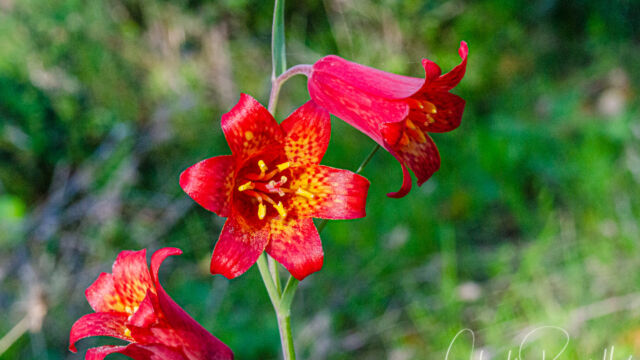
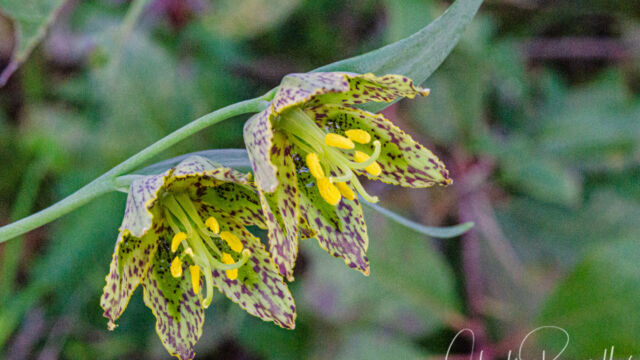
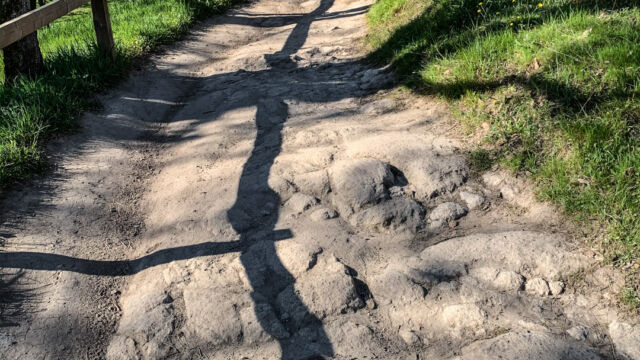
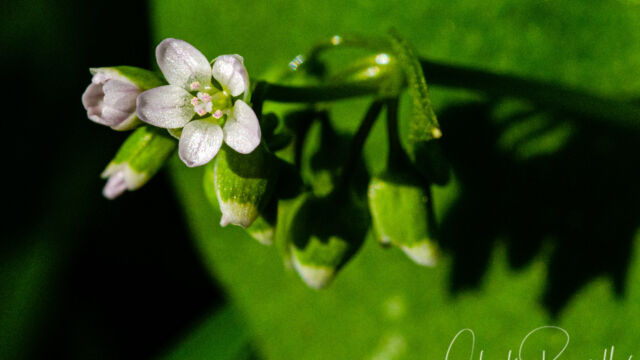
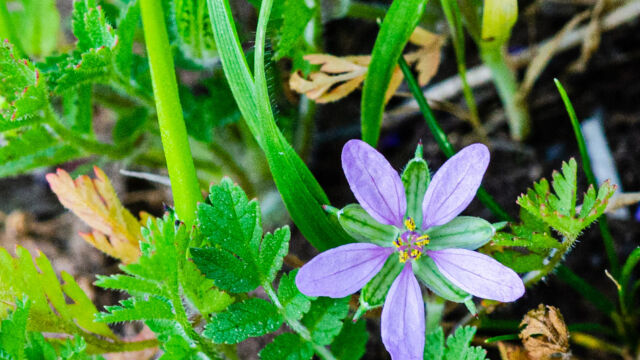
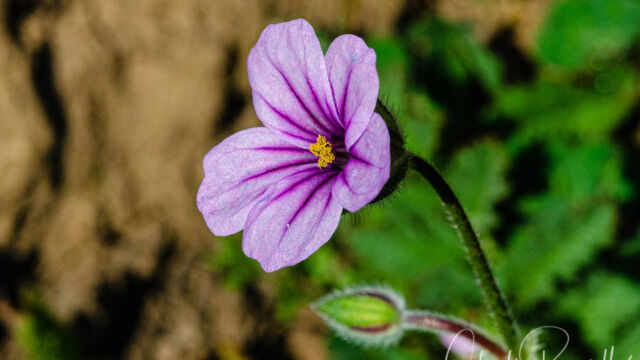
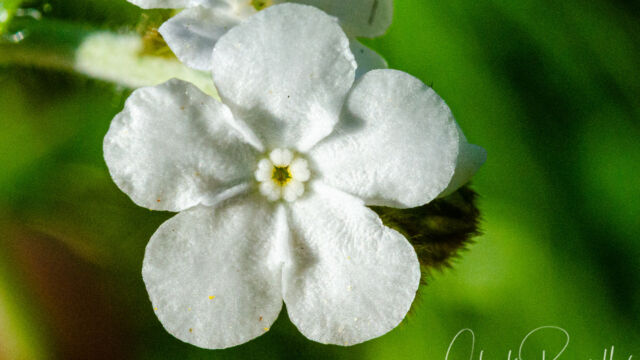
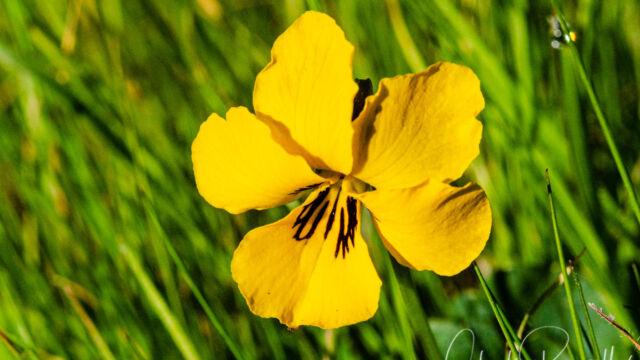
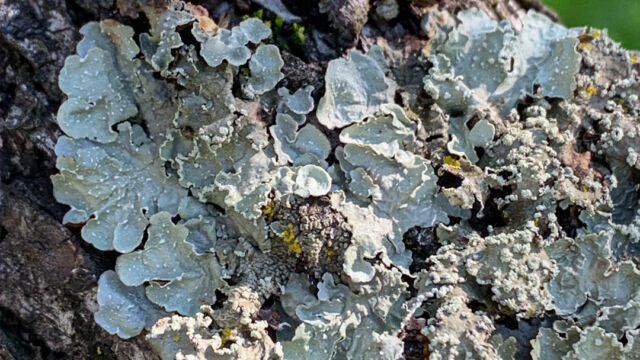
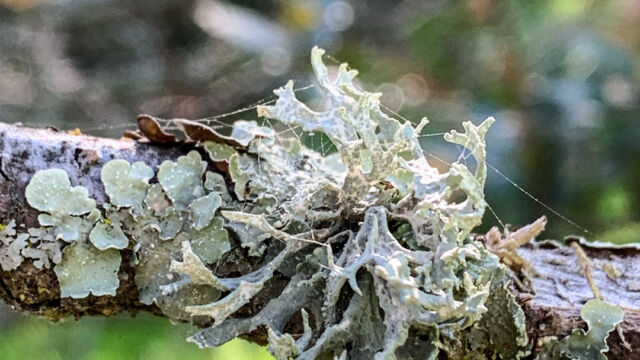
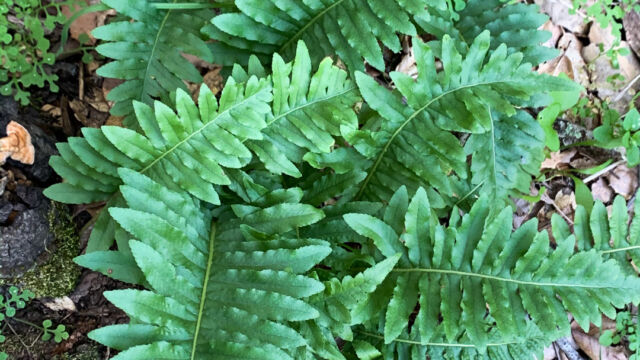
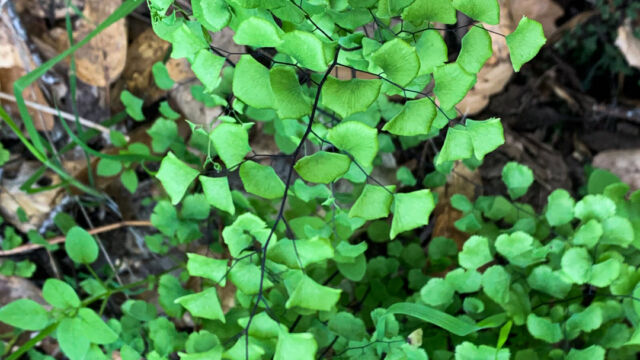
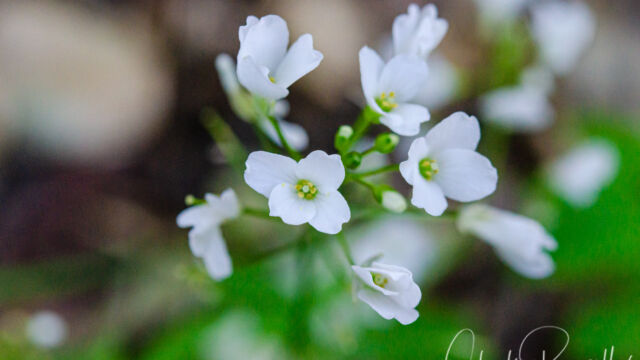
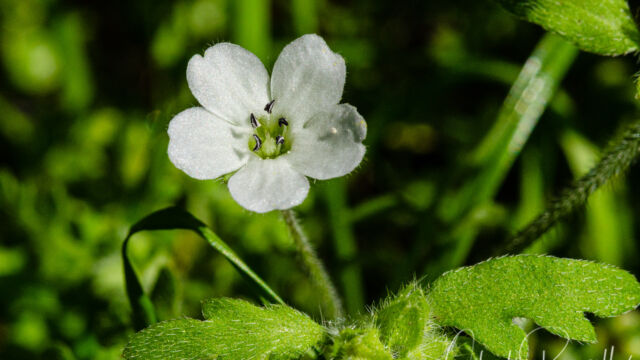
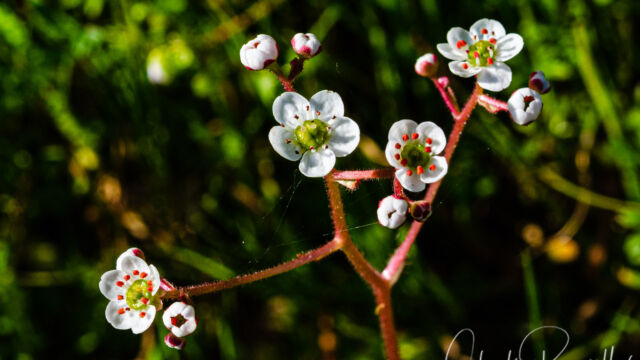
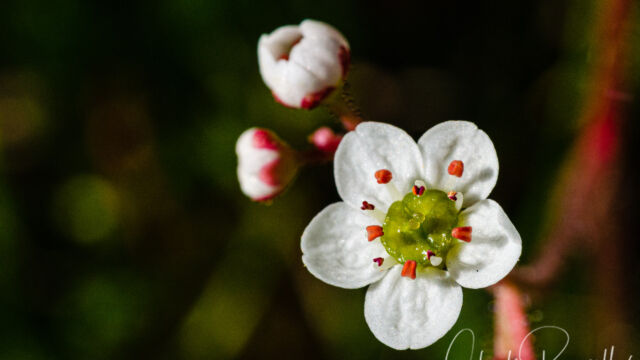
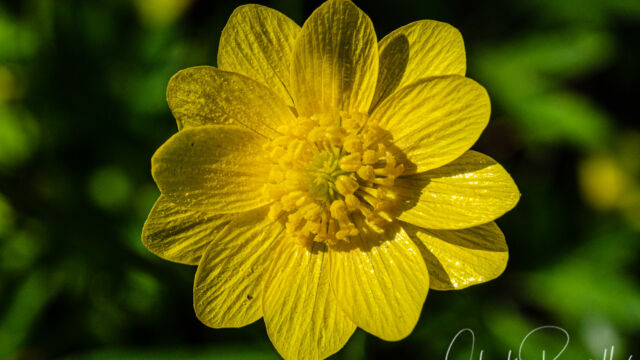
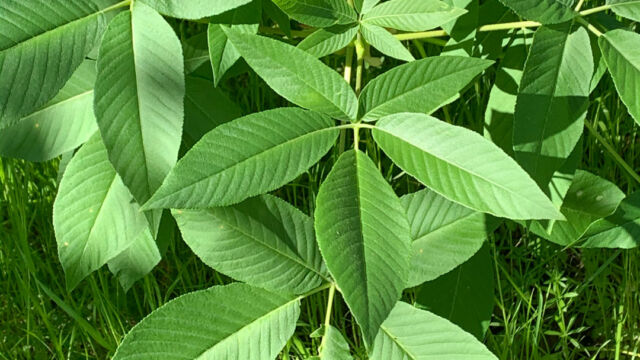

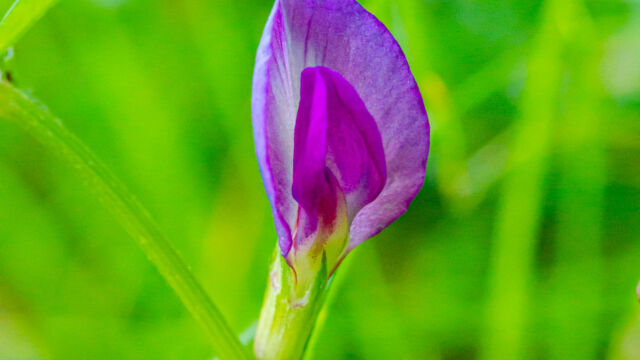
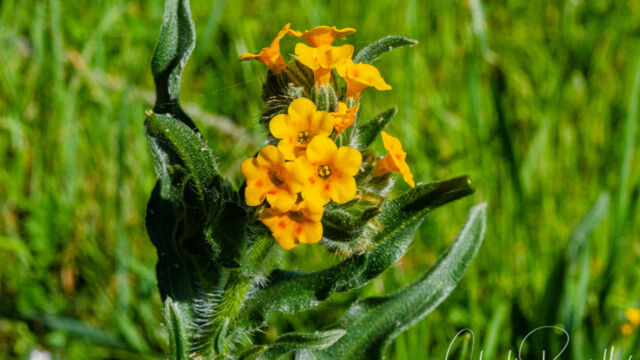
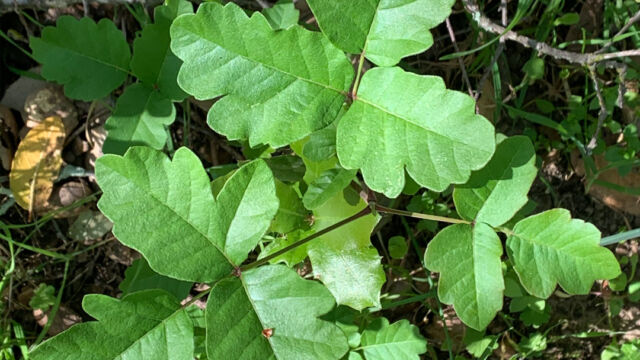
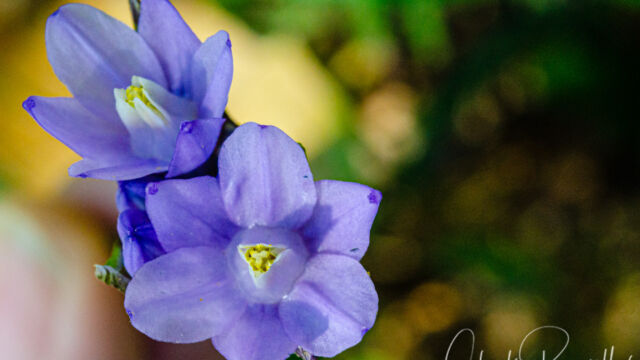
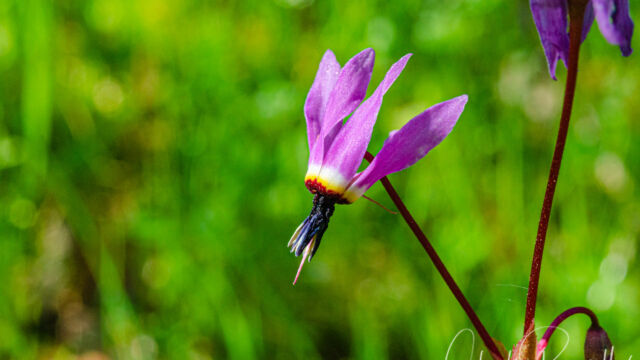
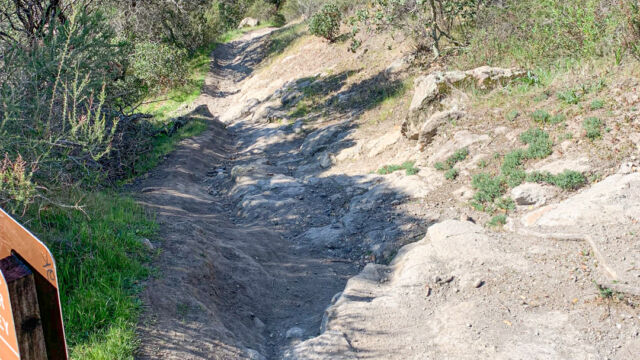
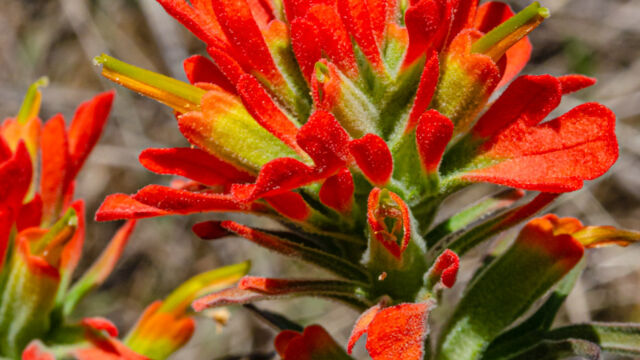
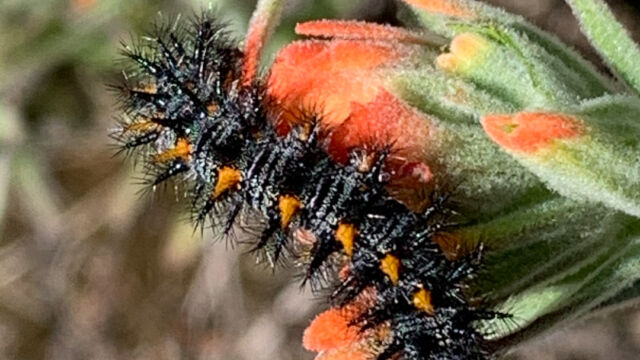
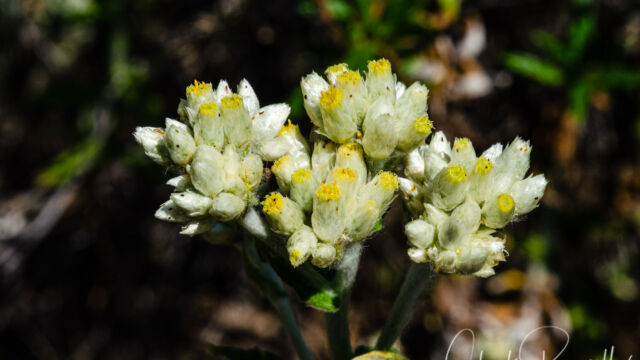
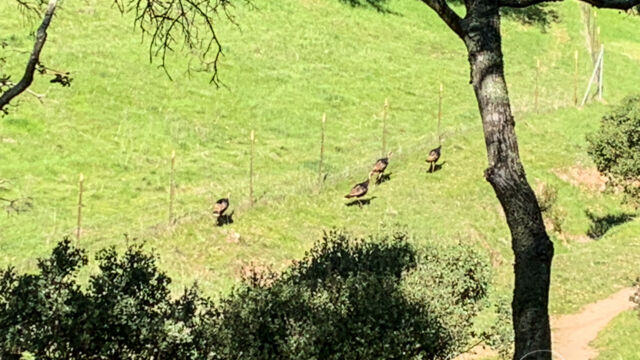
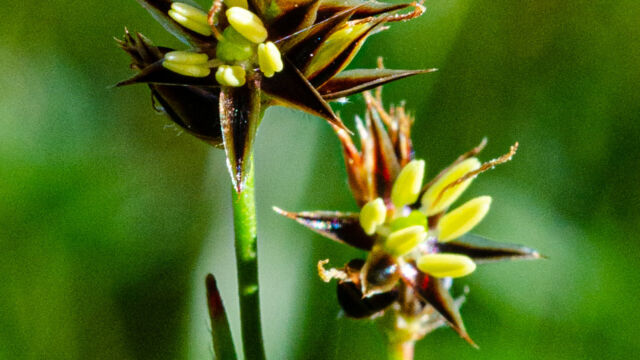
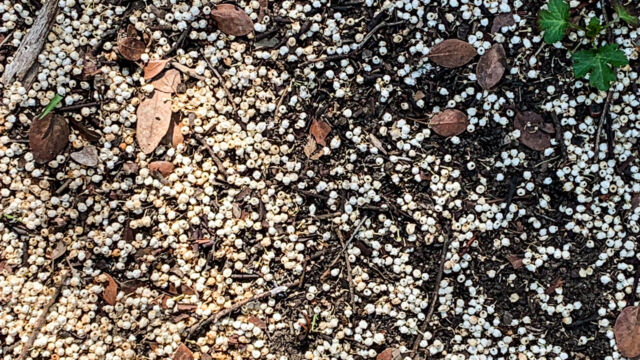
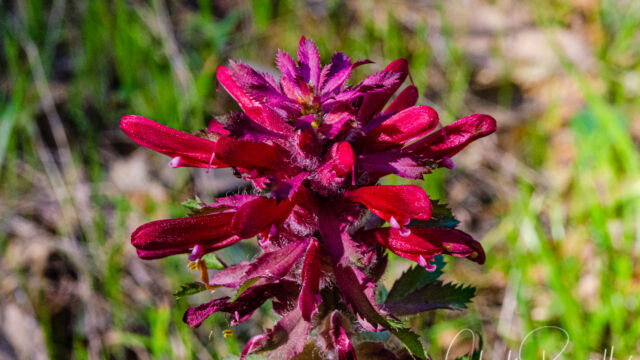
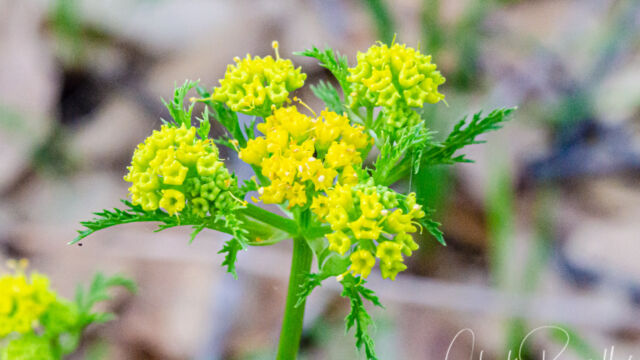
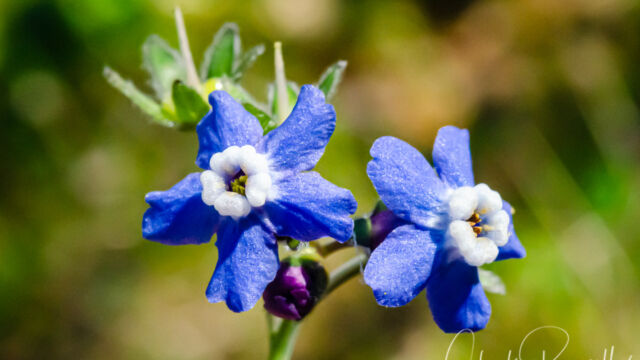
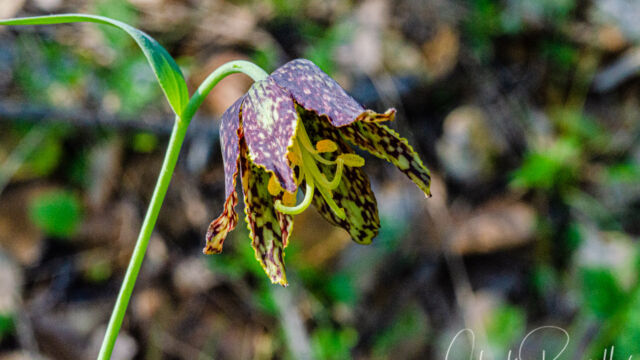
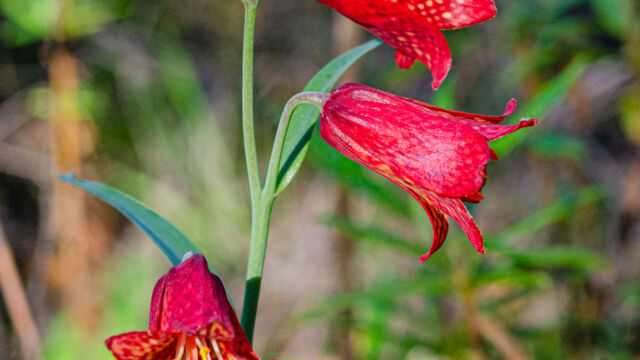
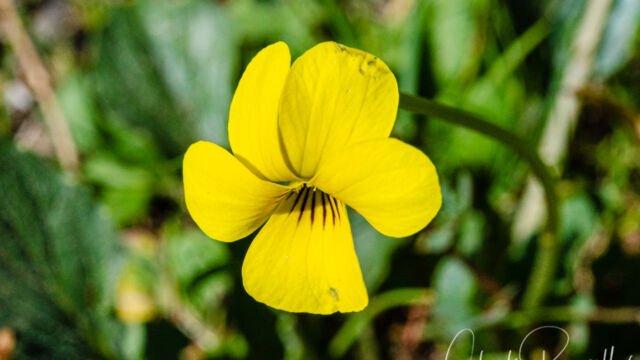
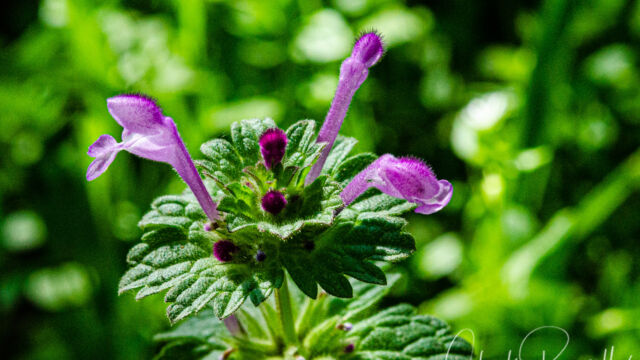
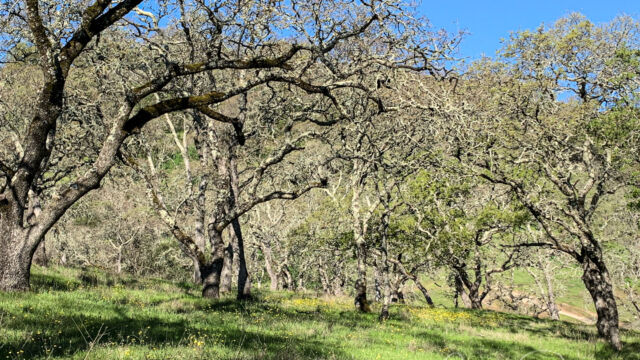
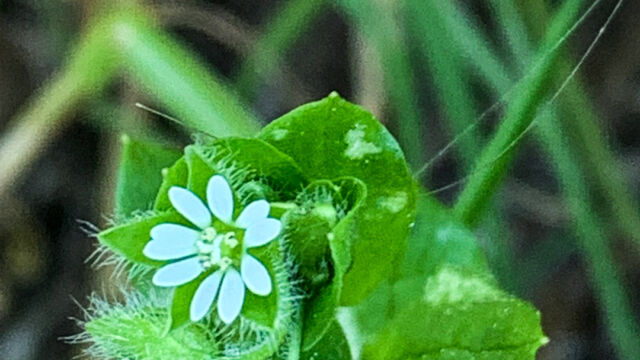
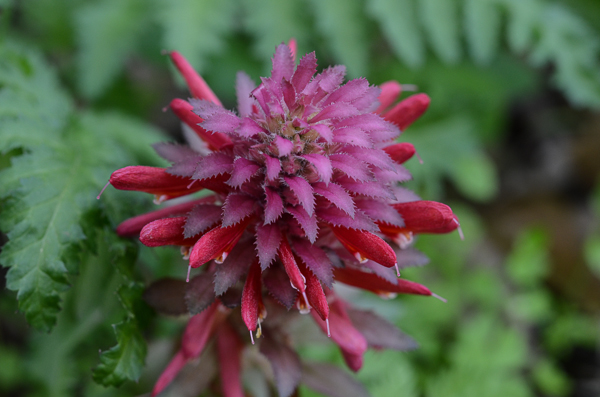
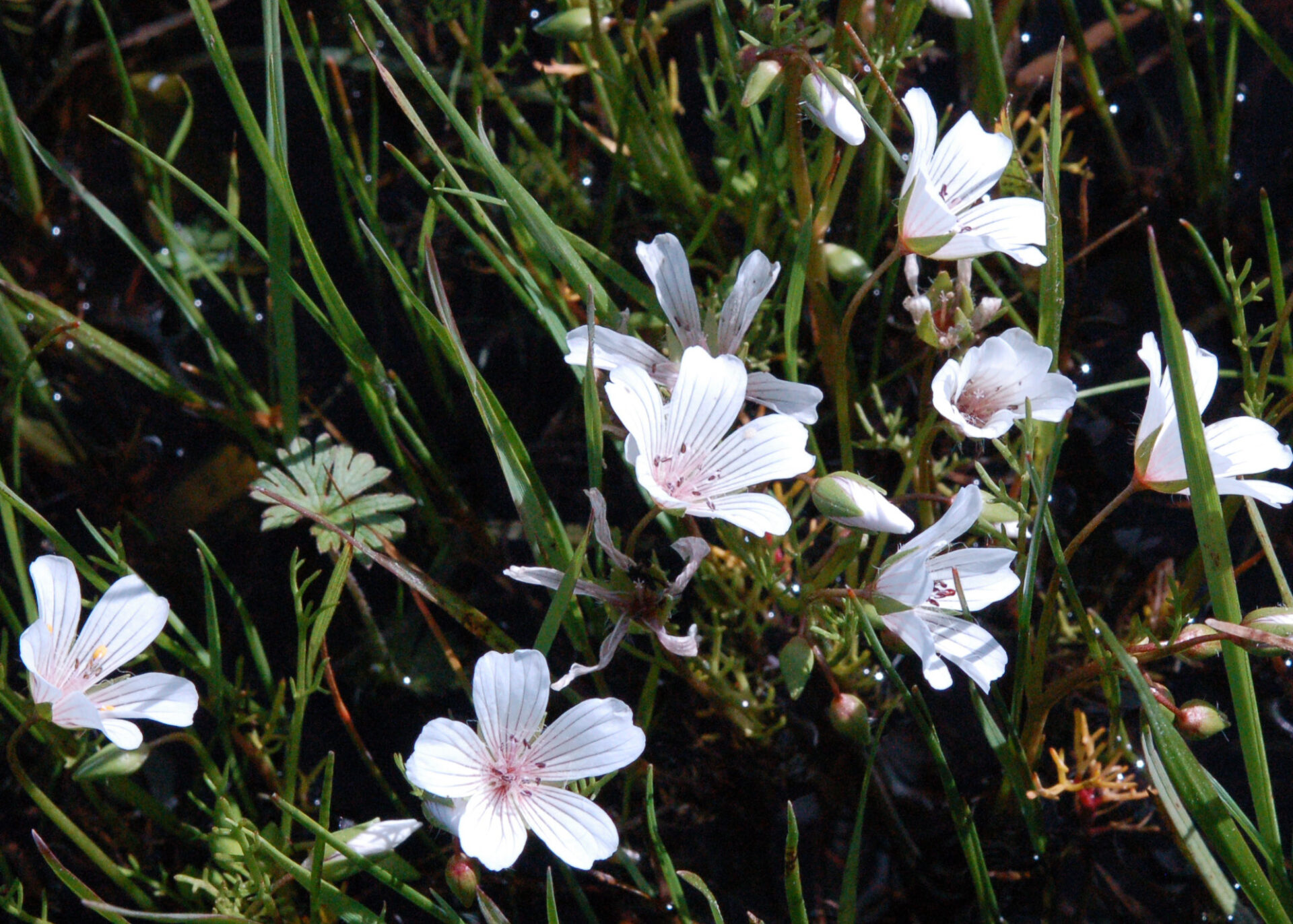
Add comment